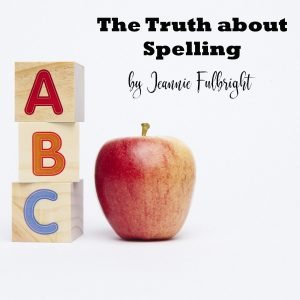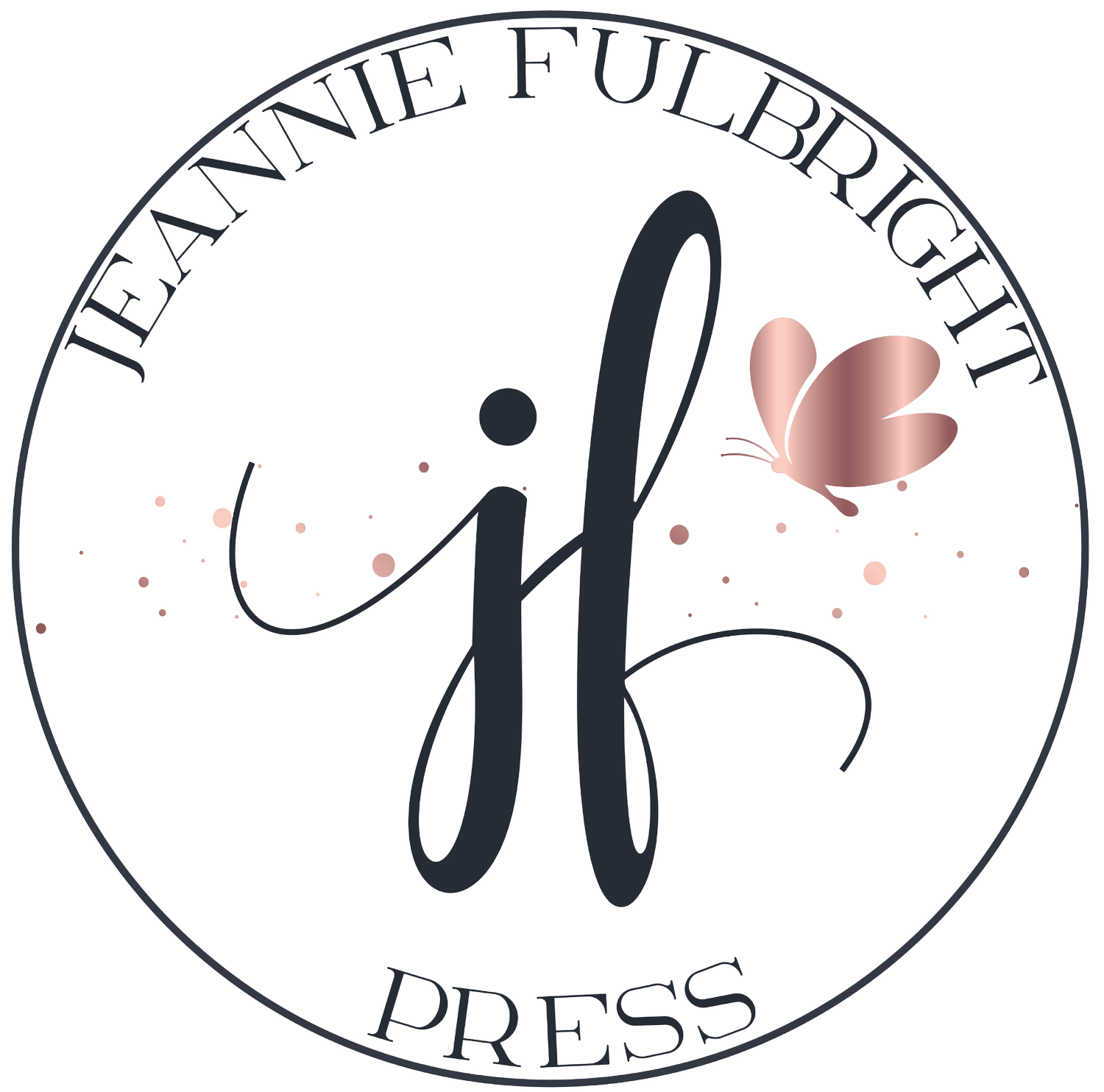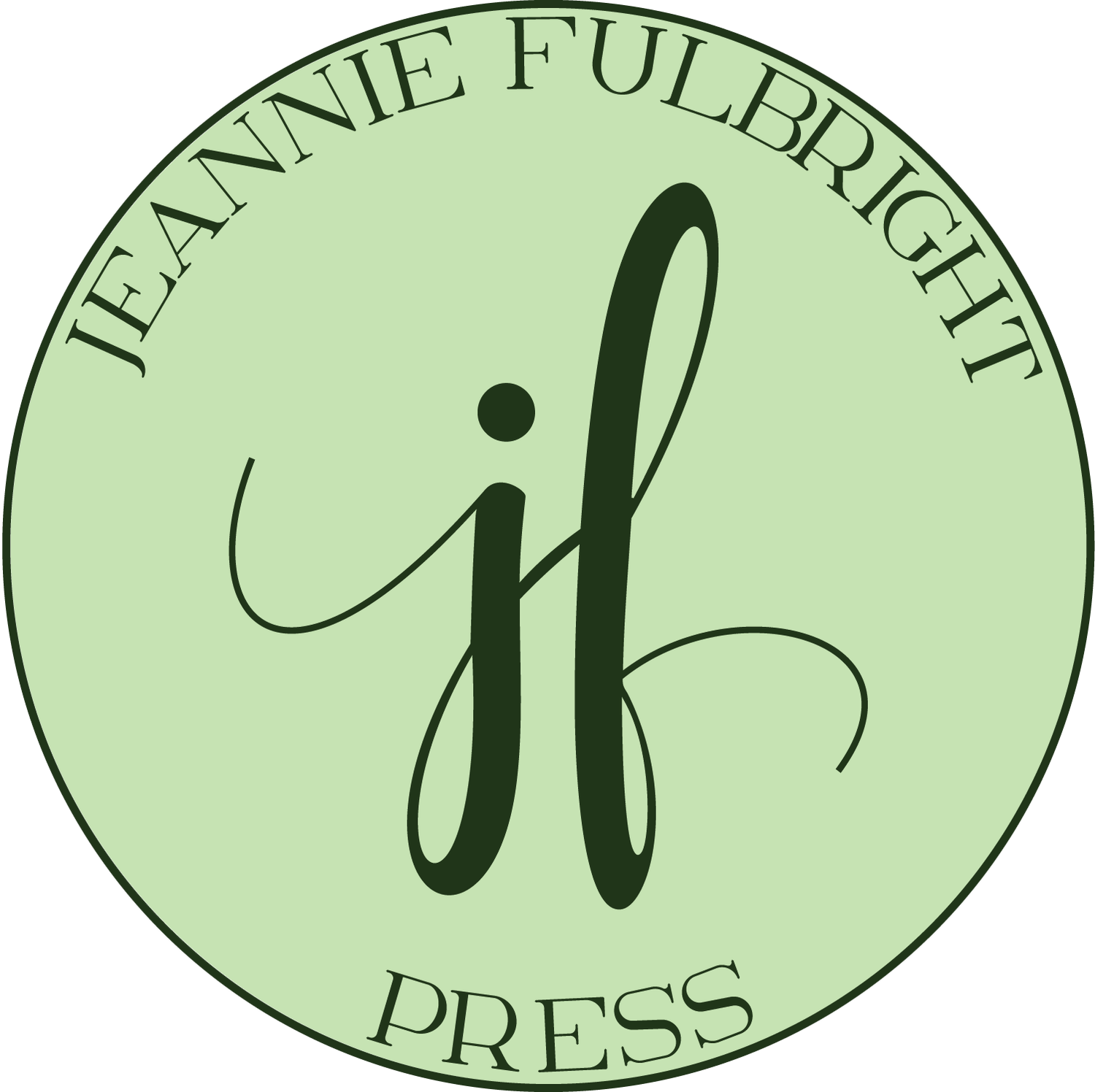The Truth about Spelling
Over the years, I’ve shared my story at conferences and workshops about how God led me to teach my son to spell. As a result, I've received many queries about the program that I used. In essence, I did not use a program, but a procedure. I want to share it with you in the hopes that it will help your struggling speller.
The first thing to know is that reading and spelling are two different skills.
If you try to use the procedure you learned for reading with spelling (phonics) you will be a horrendous speller. Children should be told early and often that words are not spelled phonetically as they are read. Spelling is a memory skill.

Let me explain: When you see the word beleive you probably don't think "I before E, except after C." Rather, you immediately note that the word doesn't look right. It doesn't match the image you have of the word in your head. It doesn't take long before you realize the e and i are transposed. The fact is, you knew it was misspelled because of a picture you had in your mind.
Charlotte Mason taught that a child learns to spell by taking a picture of the word and imprinting this picture onto his mind. Some children do this naturally, while others need to be taught how. You can actually teach your child to become a natural speller. Once he learns how to photograph words in his mind, he’ll begin to naturally do it.
You see, your child should study the word in question until he can actually “see” the word in his mind’s eye—with his eyes closed. The word must be memorized in the same way that the face of his mother is memorized. Then, the child will always know when the word is misspelled and what the correct spelling should look like.
Charlotte Mason was adamant that a child never has an opportunity to gaze upon a misspelling when learning a word. The chance that he may memorize the wrong spelling is too great. We want to take great care what "pictures" are being imprinted on the young learner's mind.
This is where spelling programs fail; they allow the child to guess at the spelling and look at their misspellings over and over again. This runs the risk of cementing a wrong spelling into the child’s mind for years and years to come.
If your child is still a poor speller at the end of 4th grade, I suggest you have him memorize the most frequently used words in the English language. Once these words are memorized, the child will be well on his way to good spelling.
Here is the suggested procedure:
- Print each word in large font.
- Have the child study the word, spelling it out loud while staring at it.
- Ask him to imagine taking a picture of the word to imprint on the mind.
- Have him close his eyes and imagine the word.
- Study it again. (Active learners should draw it in the air with their finger).
- Next, spell it out loud once by looking, and once without looking.
- Look at the word again before writing it.
- Cover the word and have the student write it from memory.
- If it is written wrong, mark it out quickly and study it again before trying again.
Do not study spelling for longer than 15 minutes. Once your child has worked through the list of common words, have him use this same procedure with whichever spelling program you prefer. Some spelling programs do not allow the students to see words before writing them. I believe children should be encouraged to study and memorize the words, then be tested on them later.
About spelling rules: they are helpful when you are in a jam, so don't totally skip them. However, using the procedure above will increase your child's spelling more quickly than memorizing rules since the rules have so many exceptions.
I hope this helps!
For more tips on spelling read my post Spelling Solution.


